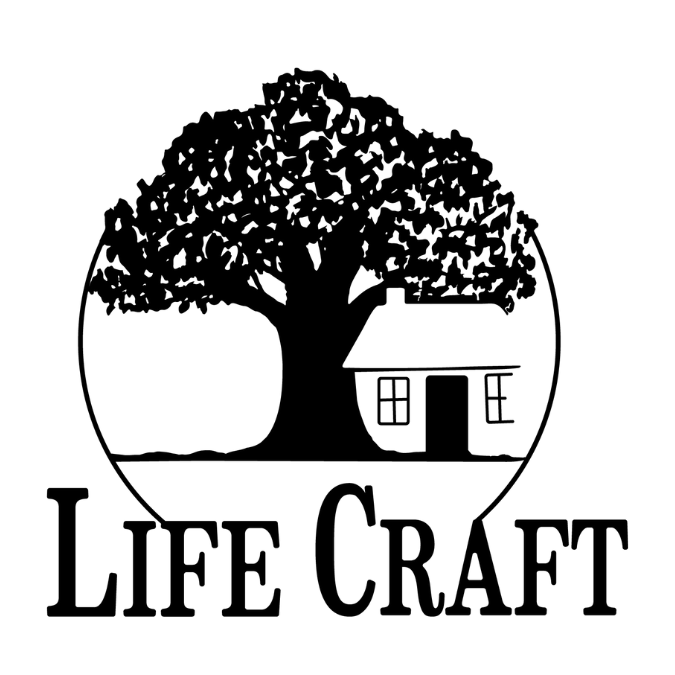“Beautiful things are those which please when seen.”
Thomas Aquinas, Summa theologiae
This much is clear if we have eyes to see: beauty is a first principle in the formation of the world. We could even say it is the principle. The natural world and all its processes arrest us in their beauty, from the micro to the macro and everything in between.
The veins of stones and banks of streams, the leaves of trees and berries of bushes, the gills of fish and antlers of deer, the rising of the sun and the shooting of stars. The birth of a baby and a child’s face.
Striking is the beauty even and especially (!) of things and processes that serve very practical ends: such as blossoms and flowers. A first lesson we can learn from nature is that there is nothing so ordinary, or ‘simply’ useful, that it shouldn’t also be beautiful.
The beautiful is always our domain. To relegate making beauty to the realm of the ‘artist’—as though only some of us are artists!—is to maim our humanity. Indeed, perhaps a central way we humans have rejected who we are and our place in the cosmos, is that we have stooped to set aside and undervalue the beautiful.
Our focus on the utilitarian is in fact a kind of myopic self-centeredness, a losing sight of the bigger picture and what really matters. And as all selfishness, it undermines the very self it seeks to build up. So we wake up to find ourselves awash in ugliness: an ugliness only we could have made, by our failure to receive the gift. The gift of being made for beauty: seeing it; making it; living in it, and even for it.
Part of the gift is the profound interplay between beauty perceivable by the senses, and the deeper beauty that transcends it. Some well-meaning souls, alert to the distinction of lower and higher, have rejected sensible beauty as unimportant. (This might also take the form of missing the significance of the now general unconcern for cultivating and making beauty, such as in music.) A more nuanced—and more human—approach recognizes the priority of the deeper beauty, and then for its sake cultivates the lower too. Such is the great art of human life.
To rediscover the true place of beauty in our daily life, from its simple to profound manifestations, will be to rediscover something we have sorely missed. We might begin with a recognition and resolution: I, too, can take beauty as a principle in all that I do and make.
In these two videos, I briefly make the case for making beauty; then I offer concrete suggestions for EVERYONE to get started, and it’s NOT most about taking up some ‘art’ or ‘craft’. . .
Husband, father, and professor of Philosophy. LifeCraft springs from one conviction: there is an ancient wisdom about how to live the good life in our homes, with our families; and it is worth our time to hearken to it. Let’s rediscover it together. Learn more.




Very perceptive piece.
It is interesting to consider the fusion of beauty that is observable such as in a flower along with the utilitarian role of the flower. The very design of the practical aspects of what is being observed is in itself a thing of great beauty. For something purely human, picture the intricate workings of gears and springs in a Swiss watch – regardless of the superb outcome of the design and production which leads to something that tells time exquisitely, the design of so many parts working together is in itself a thing of great beauty to observe. Which then leads one to perhaps wonder, is there a practical purpose for everything in nature which not only does not take away from its objective beauty, but in fact adds to it? It’s obviously true for a flower but what then of a rainbow? We know how rainbows occur, but might we humans be the practical beneficiary so as to be dazzled by the magnificence of God? Other readers will help my poor memory in considering what he was trying to say to us, but was this not what Chesterton was trying to convey in his Orthodoxy? So much of what is breathtaking to observe in nature falls into such a realm.
On another or perhaps opposite note, what about the seemingly sheer chaos of the universe? While I would agree that watching a tidal wave or the eruption of a volcano is breathtaking and beautiful as dazzling displays of power, such beauty seems to be on the other end of the continuum where one observes a Monarch butterfly alighting on a flower. Even beyond those examples is the coldness, emptiness and seeming brutality of what occurs in deep space. What to make of that? I’m not sure at all.
Bob, Great thoughts and issues. I’ll comment on one: things like rainbows. It seems that there are certain things that don’t have a practical purpose in ‘how the world works.’ (though of course sometimes we might simply not see the purpose) You suggest, I think with great reason, that perhaps their purpose is to show us something of the magnificence of God. I will simply add: perhaps we can say this is not itself really a ‘practical’ purpose, but rather it is something very important beyond ‘practicality.’ Such things can be indications of the ultimately contemplative end of man. Thanks for your great reflections.
Another timely post John. Yesterday I had to go and purchase new stamps as they have gone up in price here in Australia. I write a lot of old fashioned letters to pen friends internationally and domestically as well as weekly notes to church members who might need a boost. I always try to find beautiful or pretty stamps and the Post Office staff do their best to accomodate my desire that even an ordinary stamp should bring beauty to a note written with love. It is a small thing but I believe it is vital. Beauty is found in the ‘ordinary’ in nature. For some reason, this very topic has been sitting in my head for the last few days. I think it is almost a duty for me to ensure that our home has beauty in it, even if it is a vase of geraniums that Iris and I picked. I look forward to pondering on it more after watching your videos.
I love your examples, Cate! Receiving a beautiful letter in the mail–and it can indeed be beautiful in several ways–is a wonderfully human experience. What a wonderful force for good!
A quote I’ve always appreciated, “An artist is not a special kind of man, rather, every man is a special kind of artist.”
That is an incredibly good quote that expresses elegantly the point at the heart of this post. Thank you Jordan!
Wonderful post on a topic I feel strongly about. Yes–visual beauty is so integral to activating the human spirit! And incorporating “beauty” through the other senses, which you also alluded to, is important as well. You mentioned auditory beauty, as in playing uplifting music at home. I also think of beauty through taste by incorporating wholesome, delicious meals into family life, and even beauty through touch and movement–having comfortable (even some moving/swinging) furniture that invites relaxation and encourages conversation. I love a Solemn High Mass in an ornate church because it touches most of the senses and elevates the soul. In the same way, we need to enhance our domestic church, family life, through all sensory channels so that the home is a lovely refuge that draws us to God. Your post, as always, is timely and spot on!
Thank you, Karen! You rightly expand my reflection to other areas of life. These simple efforts in the home, I’m convinced, have unparalleled power for good.